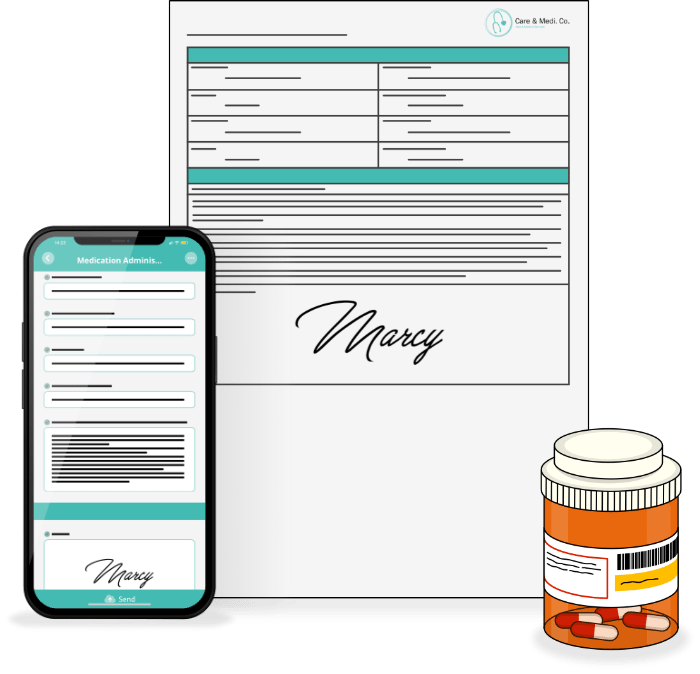Understanding and Increasing the Success of Your Audit Scope

What to Consider in an Audit Scope
Audits are inherently systematic to ensure that an organisation objectively evaluates and documents its current situation for improved performance. The audit scope enhances that control by setting boundaries.
The audit objectives and criteria work as part of this system to ensure the audit stays on track so optimal results can be reached.
The scope - the journey (what)
As discovered, the audit scope allows you to oversee the audit in its entirety by mapping out the route. You�re considering what will be considered in the audit and to what extent.
- Locations - buildings, branches, sites�
- Timeframe - how long will the audit last?
- Units - departments or units that�ll be subjected to the audit.
The objectives - the destination (why)
Your objectives outline why you�re making the journey and what you hope to achieve.; they must remain precise and focused to avoid failure.
- Context - understand and outline the context behind the audit; including goals, focus areas, and purpose.
- Risk identification - possible threats and inherent risks.
The criteria - the milestones (how)
Your criteria should act as a reference point to assess the performance and reliability of the audit, by comparing the criteria to the actual outcome so you can identify areas of weaknesses for improvement both after and during the audit.
In all, the criteria measures progress to ensure you stay on the right path. So, review the progress when the audit hits a specified milestone.
- Requirements - investors/partners expectations, goals, and requirements.
- Best practices - industry compliance and standards.
Exploring the Difference between the Audit Scope, Objectives, and Criteria through an Example

For further understanding, let�s explore a mock case of a care home�
The scope includes investigating how medication is stored, distributed, and documented, also, to ensure that all staff are competent and that all tasks comply with the relevant policies and regulations, throughout July to December.
To ensure documentation is accurate, timely, and secure, the business� objectives are to:
- Implement a purpose-built solution that removes paper entirely; ensuring automation, reminders, and accuracy.
- Verify the competency of staff, as well as provide the opportunity to make recommendations.
- Identify deviations between how staff carry out internal processes, later reviewing the data for improved efficiency.
Generally, all objectives lead to an overall reduction in risk.
The standards set in the criteria outline the need to remain compliant with CQC and NICE fundamental guidelines, following the best practices for safe medication storage, distribution, and documentation.
Factors that Control the Scope of Your Audit
To increase the success of your audit scope, it�s vital to understand the influential factors. These, as well as their impact, will differ based on industry and individual operations. But, there are commonalities to consider�
Industry practices
Regardless of the organisation, when grouped by industry, there are standard operation procedures you�ll follow. Some of which, require routine inspections to ensure compliance and safety. These expectations will control what areas need to be included in the audit scope.
Risk profiles
A key industry-related factor to consider is the risk profile. Some industries are inherently more at risk than others. All businesses should conduct risk assessments regardless, but you must have a deep understanding of the inherent risks you face to ensure early detection and mitigation.
The resources you can realistically allocate
With multiple areas of the business to focus on, the audit scope may be limited depending on what resources are available and what can realistically be allocated.
Time, budget, and the appropriate personnel are among the most resources to consider. It�s important to assess the quality of the resources; for example, you may have plentiful staff but are they, and do they feel, equipped to undertake tasks?
Shareholder expectations
Shareholders may have specific requirements or interest areas that require inclusion; like delivery date expectations or the need to be informed as per their requirements. This could be particularly challenging if multiple shareholders have conflicting ideas or requirements.
Data quality, accuracy, and availability
With business owners, shareholders, and clients relying on accuracy for informed decisions, data can�t be compromised (like the ability to alter any documentation if not authorised or qualified). If so, the lack of data quality will affect the accuracy of your scope and any actions the business places to mitigate against poor practices.
Natural deviations in the audit journey
The direction of the audit can naturally deviate. Enter the audit criteria, here, you can map out your milestones to routinely assess the direction of the audit to the original scope.
How to Increase the Success of Your Audit Scope
Despite the controlling factors, there are several ways to accomplish the intended result.
- Prioritise areas which pose the biggest threat, or are required as part of the best practices.
- Outsource in areas that can�t be covered by internal staff, search externally to free up time and elevate pressure off of staff who aren�t confident in performing that task.
- Increase your success with Culverdocs, paper-based processes are out and digital implementation provides several benefits; automation, secure storage, and rich and accurate data are only a few.

